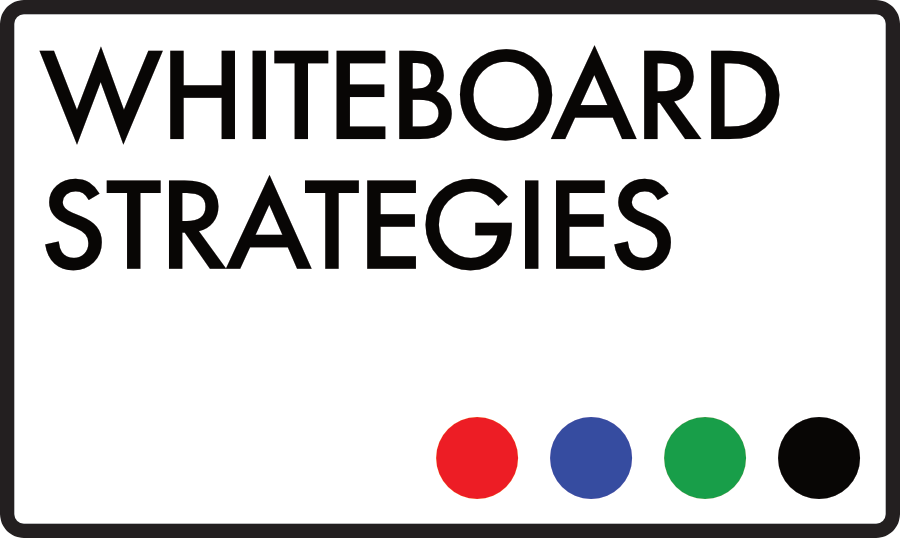Lead generation is the thing that ensures that there is enough fuel to keep the fires burning when it comes to sales. It’s absolutely fundamental to the sales process – a constant stream of prospects getting drawn into your pipeline is the ideal start to sales cycles, and the ideal position for your sales team to be in. And yet, it is often a neglected part of the sales process – and, worryingly, sometimes overlooked altogether.
A robust pipeline comes into its own when considered in terms of conversion figures – and sales team are giving glowing endorsements off the back of such results. But a robust pipeline is always hungry. Like the furnace of a steam train, it needs constant feeding to keep the fires burning. That means it needs supplying with a steady stream of qualified leads and interested prospects. This strong pipeline shores up the early phases of your sales process, leading to better looking figures, more real-world results, and a happier, more productive and more focused sales team at later stages of the sale.
And yet, many, many organisations seem happy to sit back, chase renewals, and respond to enquiries reactively (rather than proactively) when prospects turn up on their doorstep looking to spend some money. It’s a weak, inefficient and ultimately unprofessional way of working and sales teams suffer because of it.
A clear, consistent lead gen strategy, by contrast, not only streamlines the early stage of the sales process and the buyer’s journey, but makes the process of finding new customers infinitely more measurable. All sales teams and managers are ultimately answerable to the C suite – a head of sales and marketing, or VP of sales – and the only thing that really washes at that level is demonstrable ROI. By having a clearly structured lead gen strategy – including deliberately allocated resources, budget and manpower, as well as an appropriate level of automation and results monitoring – sales teams and their managers are given the tools necessary to justify their actions in this area to the C suite.
In short, a robust lead gen strategy leads to a robust pipeline. A robust pipeline means more sales, better conversion figures and a constant supply of new, qualified leads. The result is an improved bottom line. More money. Which is literally the job of the sales team.
For most organisations it’s not as simple as walking into a meeting and asking for more money, time and people to be thrown at the problem. I understand that. But there are steps you can and should take in this area, even without needing to find more budget for it.
The key isn’t to throw more money at it, but to be completely aware of what is currently happening in your organisation around lead gen. Get more focused, more deliberate and more aware, even if you can’t find extra money and extra staff. Firstly, take a deliberate look at putting together a lead gen plan. Start with your teams target numbers for the quarter, work out your average sales totals, start to work out the approximate numbers of customers you need be moving through your sales process.
Once you’ve got your head around the numbers you need, look at working on your ‘hows’. How could you best generate leads? Where do most of your leads currently come from? If there is no more budget for this area, how could you streamline or improve your current efforts? How are your leads currently qualified? If you’re a B2B organisation, how much of a role does marketplace networking currently play in your strategy? If you sell to consumers direct, how could you more effectively reach them? How could you improve your leveraging of social selling?
As much as sales teams might hate to admit it, marketing is key to lead gen. Find the time to talk over current inbound and outbound marketing strategies with your organisation’s team. Get familiar with their strategies, and look at how you can align your sales process with those strategies to maximise results. Can you ultimately develop a strategy whereby your marketing team is effectively qualifying your leads for you? I’ve seen it work – but it can only happen if the right level of communication and understanding between sales and marketing teams are in place.
Finally, take ownership of lead gen. Control it, oversee it, manage it – lead your lead gen strategy. A poorly thought out, poorly managed strategy will end up costing time and resources that it can’t possibly warrant – but a robust, well-structured strategy can deliver impressive ROI, and easily demonstrate that ROI.
Create a streamlined, robust lead gen strategy and you’re giving your entire sales process the best possible start – ensuring plenty of fuel for the fire, ensuring that things keep moving in the right direction. Monitor, manage and improve that strategy all the time – don’t let it get overlooked like it seems to in most organisations.

Recent Comments